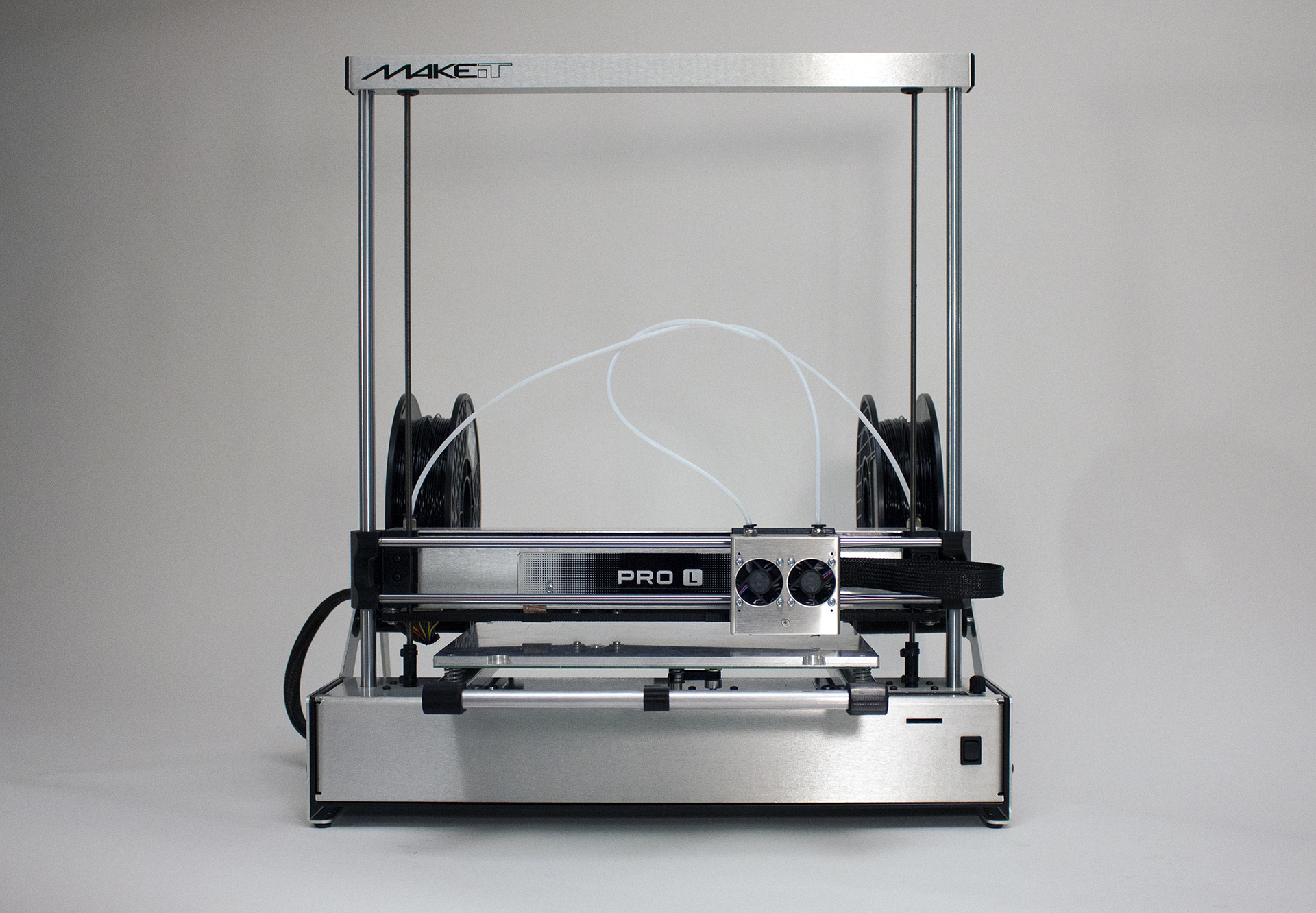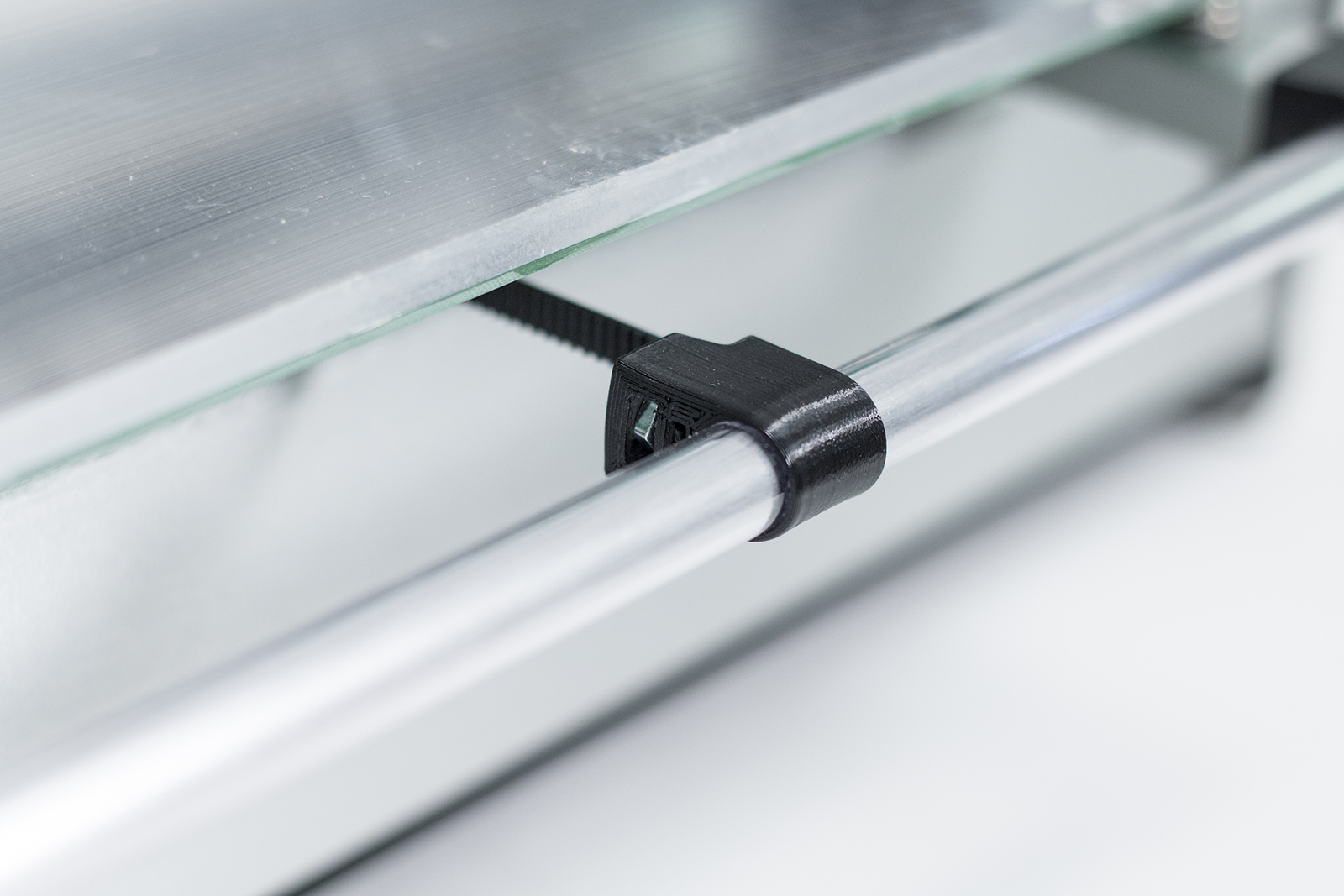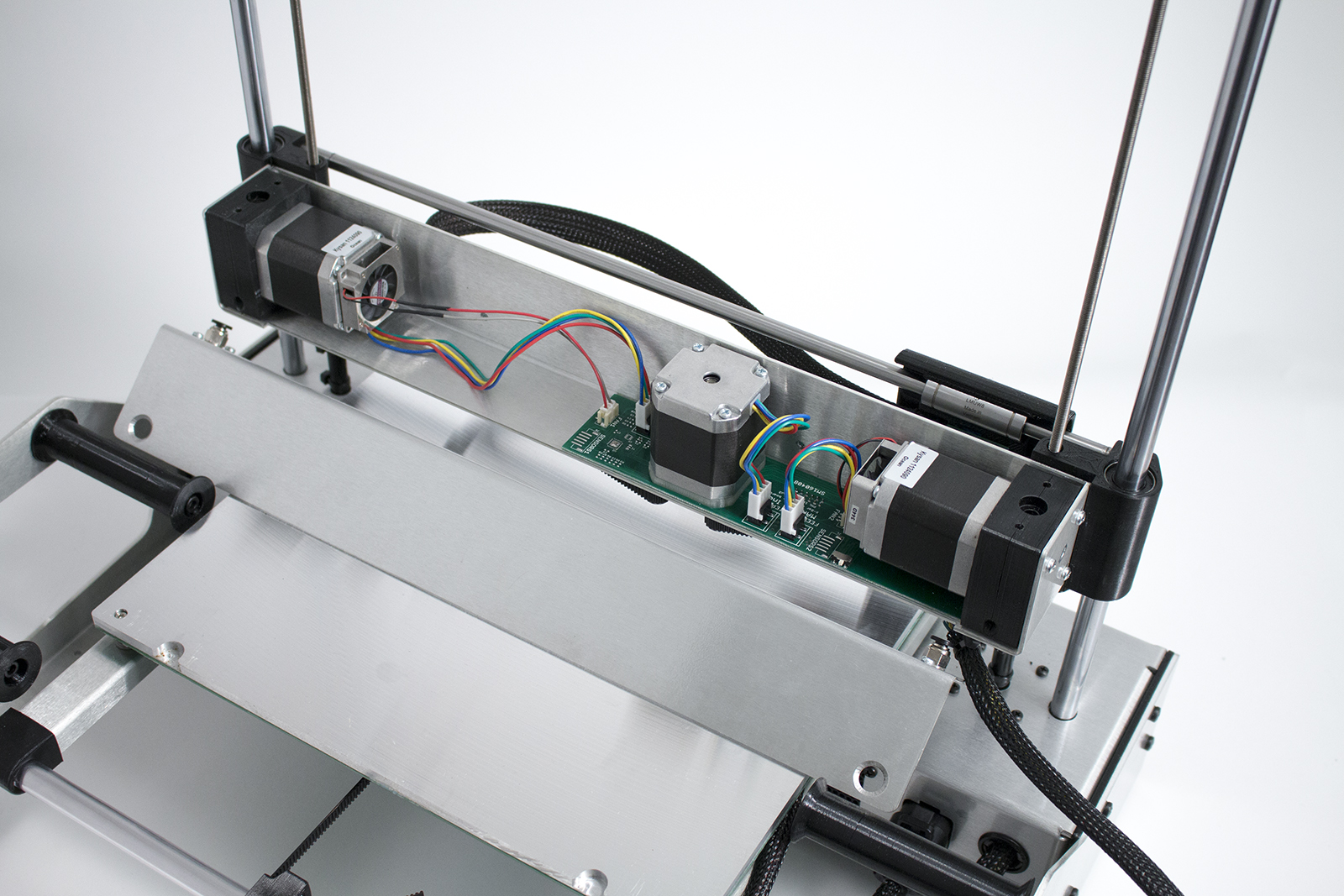
MAKEiT is a small company producing a powerful desktop 3D printer that’s quite suitable for low volume production use. Now they’re released a newly improved version, the Pro-L.
When I first encountered MAKEiT, I wasn’t sure what to make of their machine until I looked very closely. While the machine appeared to be yet another basic 3D printer, this one included a number of features that transform what might otherwise be a basic 3D printer into a true industrial production machine.
Now they’ve released the Pro-L, an improved version of the original machine. And the changes are more than just a rather shiny exterior, which actually looks pretty good.
The new machine still includes the capability of producing multiple copies of an object during the same print run, sometimes able to double print speeds by doing so. Among the other new features are:
- New control board
- More expansion capability
- Dual-phase bed heater
- Redesigned print head with dual-fan cooling system

What’s quite interesting about this machine is that they truly believe in its ability to produce production-quality parts, as they use several in the machine itself. They explain:
The print head carriage and X-bar ends are printed in functionally durable PETG. The ability for PETG to carry constant load without failure allows us to press-fit our highest quality Misumi bearings into place, making for a square and secure hold. That same property allows us to incorporate the X-axis belt tension mechanism straight into the print head carriage, reducing parts and assembly complexity.

Specification-wise, the Pro-L has some formidable capabilities, including a very large build volume, at least for a desktop machine: 305 x 254 x 330mm, and can successfully print layers as small as 0.01mm – 10 microns! It’s also equipped with dual extruders for multi-material prints.
When looking up the specifications I had to check whether the machine included a heated print surface that permitted printing of materials beyond PLA. I found the answer in this incredible video:
Now that’s something I never thought you could do with a 3D printer!
Via MAKEiT

